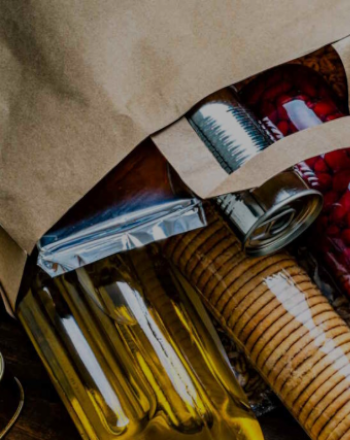Category Management - Product range optimization in food retail
Systematic customer centricity
Our client is a leading food retailer in Austria. As part of a large-scale transformation project, the supermarket chain questioned its own processes, which ultimately led to a rethinking of procurement and category management in a joint project.
Retail
Objective: Reduce costs and enable growth
The company initiated a company-wide transformation program with the aim of strengthening and further expanding its own market position. As part of this program, we were commissioned to develop a category management strategy that is aligned with the corporate strategy and consistently focuses on the customer. In addition to developing and empowering the organization, this primarily involves optimizing the product range and increasing sales area productivity.
Approach: stringent category management process
The deliverables included a comprehensive plan for the target group-specific alignment of the categories, encompassing an overall strategy for the assortment. This entailed a detailed overview of high-performing and underperforming products, with a compilation of those recommended for delisting and a proposal for the inclusion of new products to list.
Additionally, we identified a set of measures regarding sales prices and the initial planning of promotions. The project also aimed to project the impact of their measures on the profit situation and provided on-the-job training for the departments and employees involved, focusing on relevant methods and processes. We also introduced benchmarking methods for the category management organization, alongside the compilation of initial approached for optimization.

To support these activities, various tools were utilized. These included templates designed for the analysis of assortments and the collection of market information, as well as defined KPIs for evaluating the performance of assortments. Moreover, a Power BI data model and dashboards were developed for the effective conduct and presentation of analyses.
The structured processing of product categories revealed optimization levers in various areas. Here are three examples:
- Dairy Products: A predicted sales increase of 2 million Euros driven by optimizing and expanding the product presentation by two meters
- Meat: Setting up order book items leads to a reduction in markdowns and an improvement in results of 110,000 Euro
- Non-Alcoholic Beverages: Adjusting prices in line with the defined competition is expected to result in a sales increase of 5 %
Results:
- Derivation of a uniform product range strategy
- Establishment of uniform assortment processing along the 4 P’s (Product, Price, Place, Promotion)
- Development of standardized dashboards for category management
- Implementation of new department structure for category management
- Optimization of 10 different categories with a sales volume of 242 million €
- 224 discontinuations and 120 new listings across all categories
- Forecasted significant increase in sales





